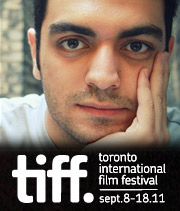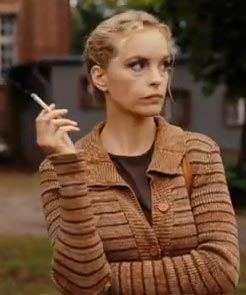A Whiff of TIFF
 Thursday, September 6, 2012 at 2:24PM
Thursday, September 6, 2012 at 2:24PM As you may have heard on Twitter, it looks like I'll be attending the last four days of the Toronto International Film Festival (i.e. the time when most of the journos have gone home) due to a very last minute window of time and my standard impulse control problems ("But... moviessssss! I must ?!!")
I love TIFF and I haven't been in way too long. So I'm winging it which is not the best way to approach one of the biggest and bestest festivals in the world but we do what we can do in the way that we can do it. If you want to help The Film Experience be on sounder financial footing next year, and help Nathaniel maybe get to Cannes or Telluride for the first time (I can dream!) please consider the subscription donation in the right hand side bar. If everyone who loved this site spent the price of a cup of coffee on the blog every month, the world would open up to us like an oyster. No... not like an oyster...

Amir, who covered the festival for us last year, will be doing a bit more this year and I'll pick up the baton in a week for the last few days. (My regular podcast mate Nick Davis (first timer!) is going, too. TFE friend / podcast mate Katey Rich, and yours truly, will arrive next week.) Then, almost as soon as I return to New York, Michael Cusumano (of "Burning Questions" fame) and I will start covering the 50th annual New York Film Festival (NYFF) for you. Sound good?
TIFF's opening day features an all star live reading of the American Beauty screenplay which we really wish we coulda been there for given that Christina Hendricks is doing Annette Bening's part. The opening film is Rian Johnson's time travel head scratcher LOOPER which is already winning positive reviews, omg!you-gotta-see-this type buzz and even some playful tweetdowns like this...

Are you excited that festival season is here? Which films are you most desperate to have in front of your eyeballs right this second?
 Looper,
Looper,  NYFF,
NYFF,  TIFF,
TIFF,  Team Experience,
Team Experience,  The Film Experience,
The Film Experience,  Twitter
Twitter 









